Increase efficiency in serving people
In the context of operating a two-level government model, poverty reduction work poses new requirements: adapting to the new management model, reaching people faster and more accurately.
On August 3, 2025, the People's Committee of Gia Lai province issued Plan No. 22/KH-UBND on implementing the National Target Program on Sustainable Poverty Reduction in 2025, aiming to promote multidimensional, inclusive and sustainable poverty reduction; limit re-poverty; support people in accessing basic social services. The target by the end of 2025 is that the poverty rate in the whole province will be 2.24%, striving to be below 2%; poor households among ethnic minorities will decrease by over 3%; 100% of poor households in need will have access to basic services such as health care, education , employment, housing and clean water.
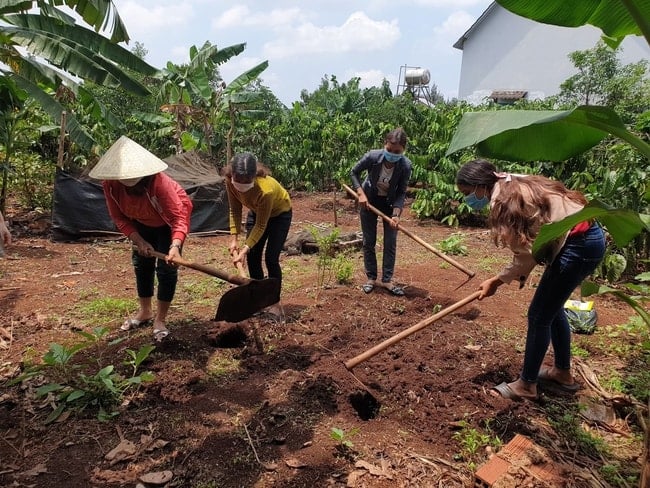
People focus on developing agricultural production
Along with streamlining the apparatus, Gia Lai is restructuring the poverty reduction management system, considering this the first test of the capacity to operate a two-level government. Reducing the intermediate levels not only helps the apparatus become more flexible, but also ensures that policies reach the people quickly, are close to the people and are targeted to the right people.
To realize that goal, Gia Lai has synchronously implemented three major directions: developing sustainable livelihoods associated with regional characteristics; innovating governance, digitizing poor household data; and improving the capacity of grassroots officials, increasing coordination efficiency between levels and sectors...
The province has identified sustainable livelihood development as a fundamental solution. Poverty reduction is not only financial support, but also “giving people fishing rods” to help them rise up on their own. Many localities in the province such as Ia Grai, Duc Co, Kbang, Krong Pa, Chu Prong… are implementing the “one commune one product” model, associated with technical support, key plant and animal varieties such as coffee replanting, breeding cows, honeybees, medicinal plants. The commune level – now the direct management level – is empowered to choose suitable models, shortening the process and increasing the efficiency of capital use.
Gia Lai is also promoting digital transformation in poverty reduction management. The province is deploying a digital database connecting from the commune level to the provincial level, helping to update and monitor changes in poor households regularly and transparently; at the same time, integrating support information on health, education, housing, employment, and loans. Poverty reduction work has shifted from administrative management to data management, which is more modern, accurate, and effective.
Along with the above two pillars, the province considers improving the capacity of grassroots cadres as a key factor. The team of cadres and civil servants at the commune level becomes the core force in implementing the poverty reduction program. The province focuses on training management skills, digital technology, mass mobilization and community communication. Departments and branches guide, inspect and provide technical support, ensuring consistency and smoothness throughout the system.
According to the assessment of the Ethnic Council of the Gia Lai Provincial People's Council, this is a comprehensive approach, not only focusing on support but also on empowerment, promoting internal strength, in line with the spirit of multidimensional and inclusive poverty reduction set by the Government.
Leaving no one behind
In addition to key solutions, Gia Lai focuses on not leaving any policy "gaps" after administrative reorganization. Specifically, the Provincial People's Committee has directed the transfer of all records and data on poor households, near-poor households and poverty reduction projects to the commune level for unified management. Capital sources from the National Target Program on Sustainable Poverty Reduction, the Socio-Economic Development Program for Ethnic Minority and Mountainous Areas and other integrated projects are maintained stably and without interruption. The provincial level is responsible for coordination; the commune level proactively plans, organizes implementation and is responsible for results. This mechanism both increases autonomy and promotes the community's supervisory role, ensuring publicity and transparency in every penny of support capital.
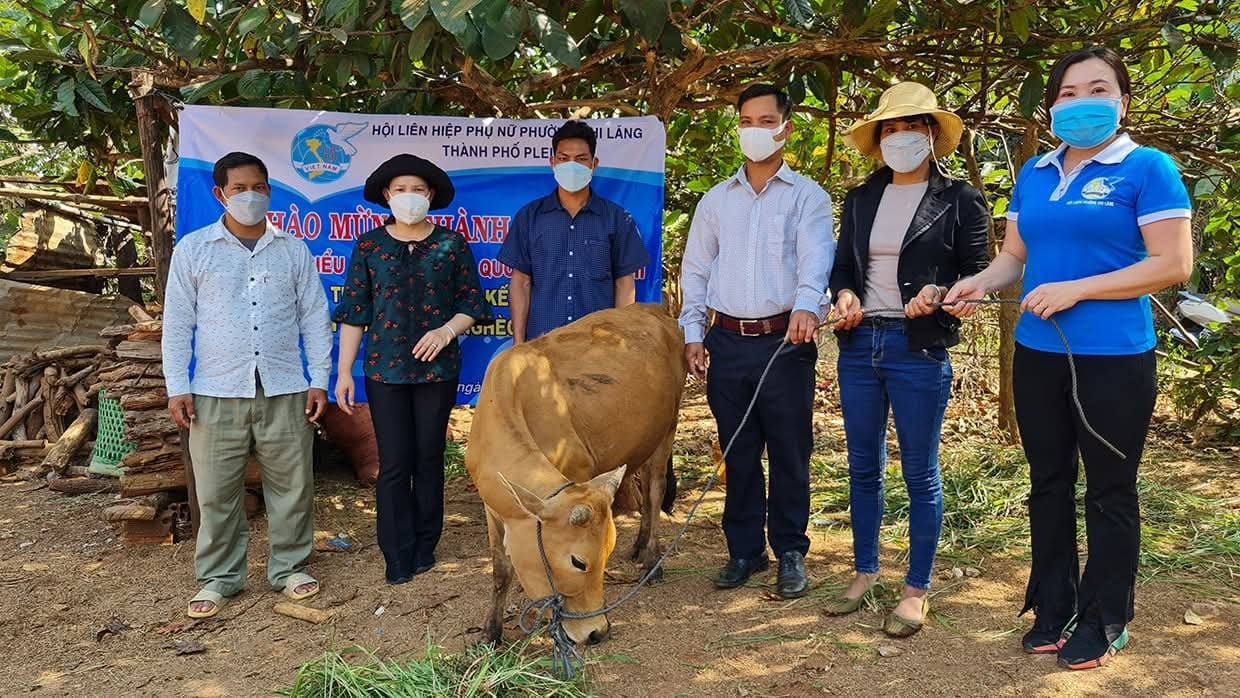
Giving livelihoods to poor women members
Along with livelihood development, the province continues to implement comprehensive social security policies: 100% of poor households are granted free health insurance cards; poor and near-poor students are supported with tuition and study costs; people in remote areas are invested in clean water, housing, and essential public works. Many poor workers are supported with vocational training, job referrals, and participation in temporary labor export. These activities are associated with the movement "All people unite to build new rural areas and civilized urban areas", creating a spreading effect in the community.
In particular, Gia Lai is gradually combining poverty reduction with green development and circular economy. The province encourages the model of forest planting combined with eco-tourism, organic agriculture and renewable energy (wind power, solar power), both protecting the environment and creating long-term livelihoods for people...
These synchronous efforts demonstrate the high determination of the Party Committee, government and people of Gia Lai in realizing the goal of “Substantial poverty reduction - Inclusive development - No one is left behind”. The two-level government model opens up opportunities for policies to reach the people faster, closer and more effectively. When power goes hand in hand with responsibility, when the commune-level government truly becomes a “serving government”, sustainable poverty reduction will certainly enter a new stage of development: more comprehensive, inclusive and humane.
Source: https://daibieunhandan.vn/gia-lai-lay-muc-tieu-giam-ngheo-ben-vung-lam-trong-tam-10392920.html




![[Photo] Prime Minister Pham Minh Chinh and United Nations Secretary-General Antonio Guterres attend the Press Conference of the Hanoi Convention Signing Ceremony](https://vphoto.vietnam.vn/thumb/1200x675/vietnam/resource/IMAGE/2025/10/25/1761391413866_conguoctt-jpg.webp)
![[Photo] National Assembly Chairman Tran Thanh Man receives United Nations Secretary-General Antonio Guterres](https://vphoto.vietnam.vn/thumb/1200x675/vietnam/resource/IMAGE/2025/10/25/1761390815792_ctqh-jpg.webp)

![[Photo] Prime Minister Pham Minh Chinh receives United Nations Secretary-General Antonio Guterres](https://vphoto.vietnam.vn/thumb/1200x675/vietnam/resource/IMAGE/2025/10/25/1761390212729_dsc-1484-jpg.webp)
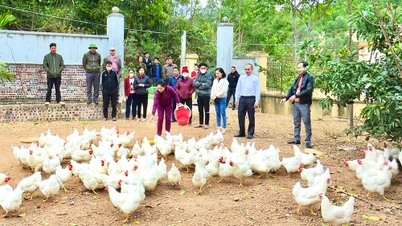

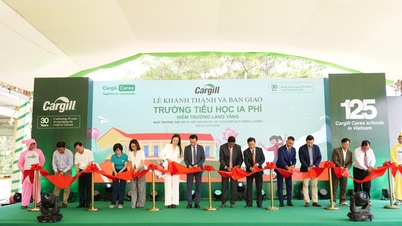

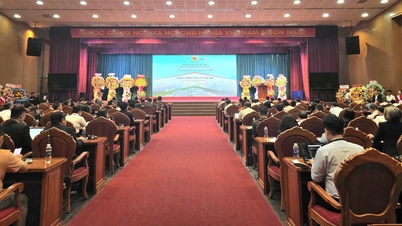

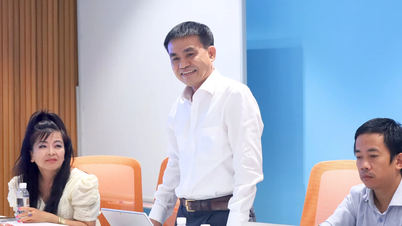

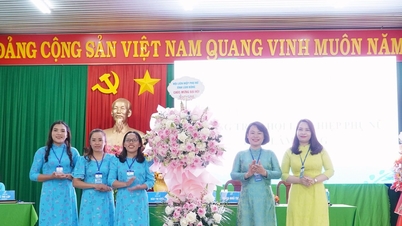

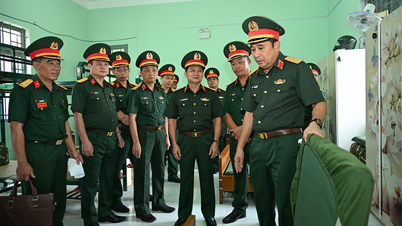




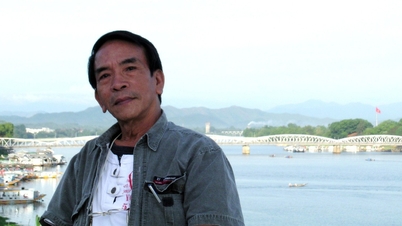
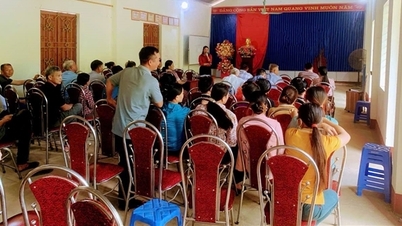

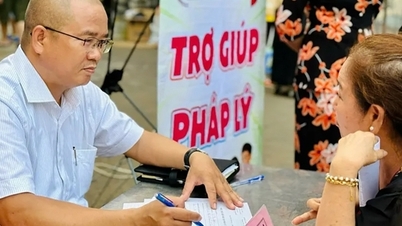






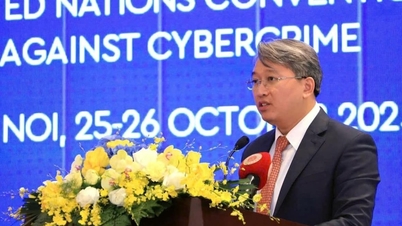
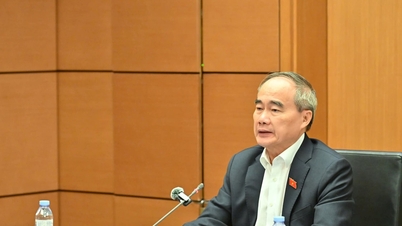
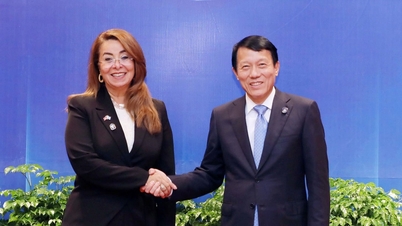
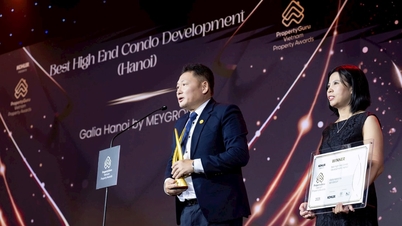
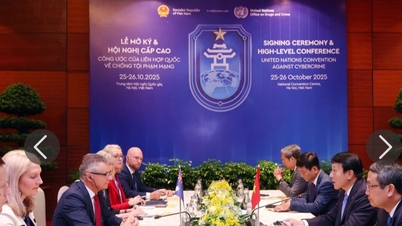
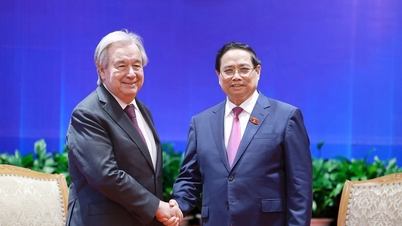

![[Photo] General Secretary To Lam meets with General Secretary and President of Laos Thongloun Sisoulith](https://vphoto.vietnam.vn/thumb/1200x675/vietnam/resource/IMAGE/2025/10/25/1761380913135_a1-bnd-4751-1374-7632-jpg.webp)




































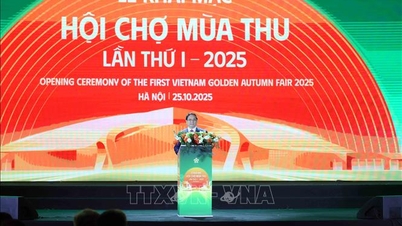

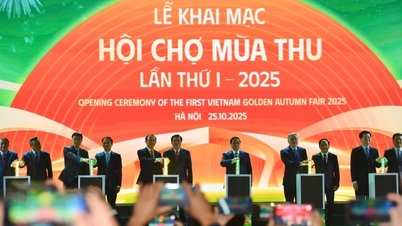
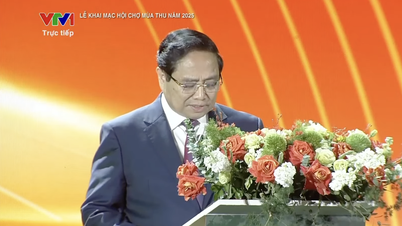






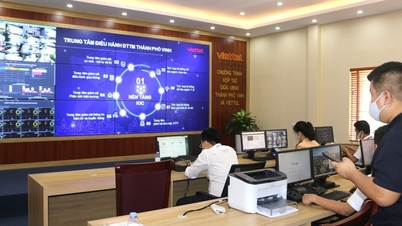

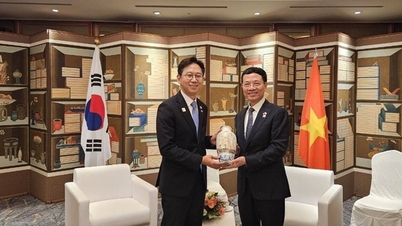

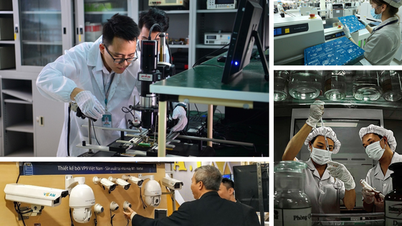
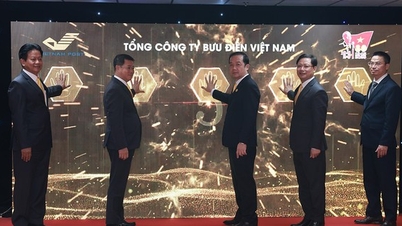
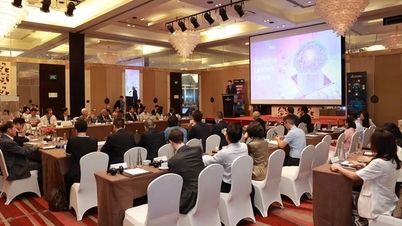



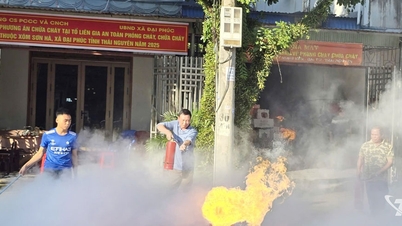
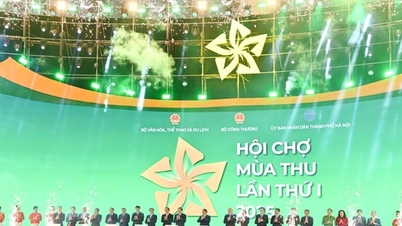
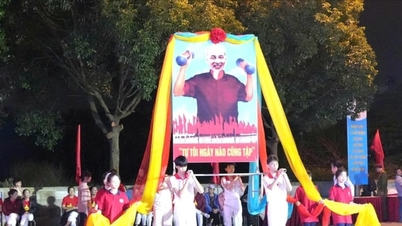
















Comment (0)